
F-POD, LF-POD, Deep F-POD
The different hardware versions of the F-POD all have the same hydrophone and the same main circuit board and pre-amplifier board.
The significant differences are in size, running time, and battery types.
All F-PODs and C-PODs with their hydrophones are individually standardised producing a detailed report including the radial senstivity graph shown here.
The F-POD and LF-POD are buoyant to assist deployment and recoveries, and these can be fitted with the integral Acoustic Release.
Standard D-cell F-POD
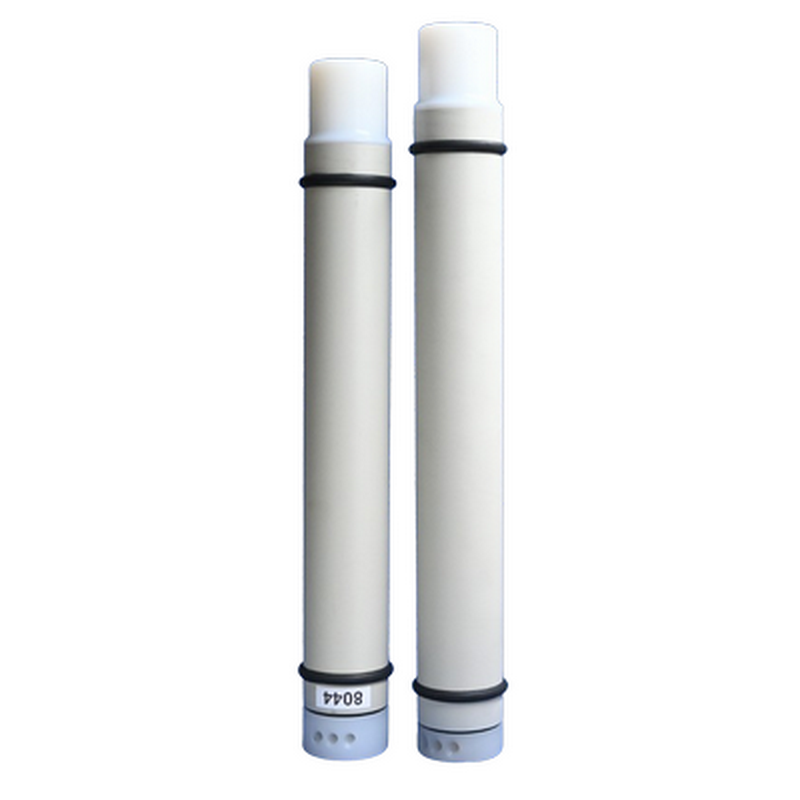
The standard F-POD takes 12 (previously 10) D-cells and runs for 5 months on alkaline cells or 9 months on primary (none-rechargeable) lithium cells.
Polypropylene housing. Depth: 100m (or more for older PODs!)
The image shows the slightly longer 12 D-cell F-POD next to the original 10 D-cell F-POD.
Rechargeable Lithium F-POD
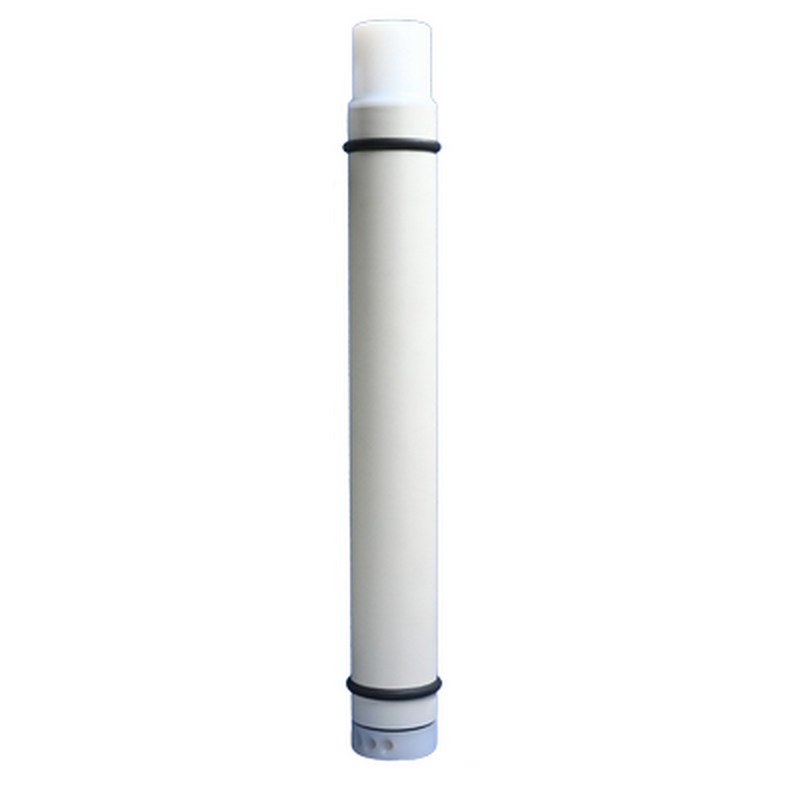
The Lithium Rechargeable F-POD is externally identical in length and appearance to the 12 D-cell version but takes 25x 21700 lithium cells and runs for 9+ months.
With 5Ah cells, logging alternate minutes, the running time is over 12 months.
To meet vessel safety standards lithium packs should not be changed at sea. They are in 5 stacks that have built-in short-circuit protection, and diode protection against cells being inserted the wrong way round.
Cells must be bought locally.
Polypropylene housing. Depth: 100m
Little F-POD (Rechargeable Lithium only)
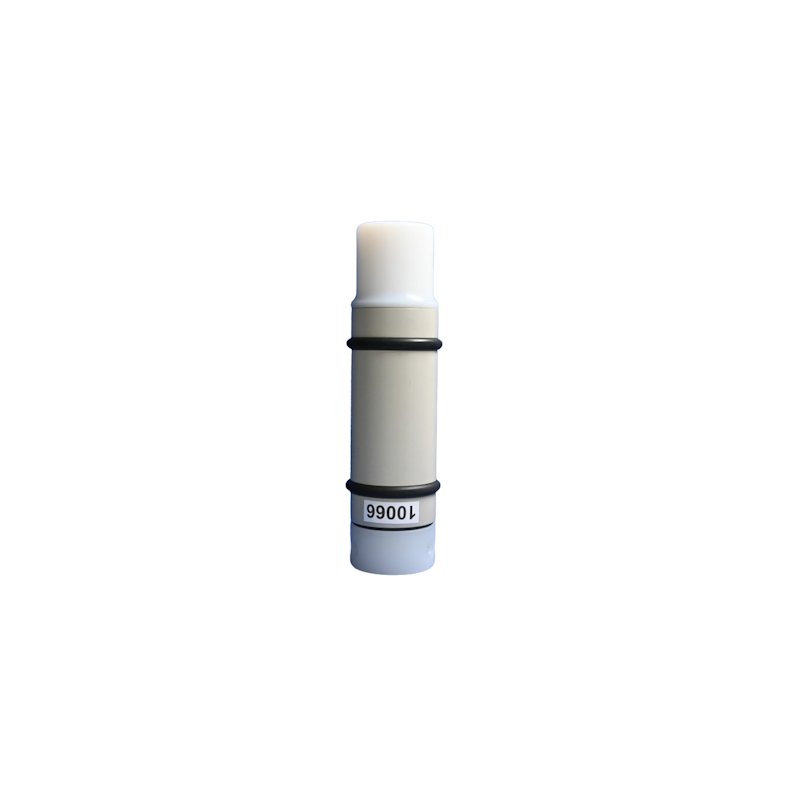
Easier for deployments by fishers on nets.
3+ months continuous running time.
Takes a shorter version of the F-POD's lithium pack to carry 10x 21700 lithium cells.
Polypropylene housing. Depth: 150m
Deep F-POD
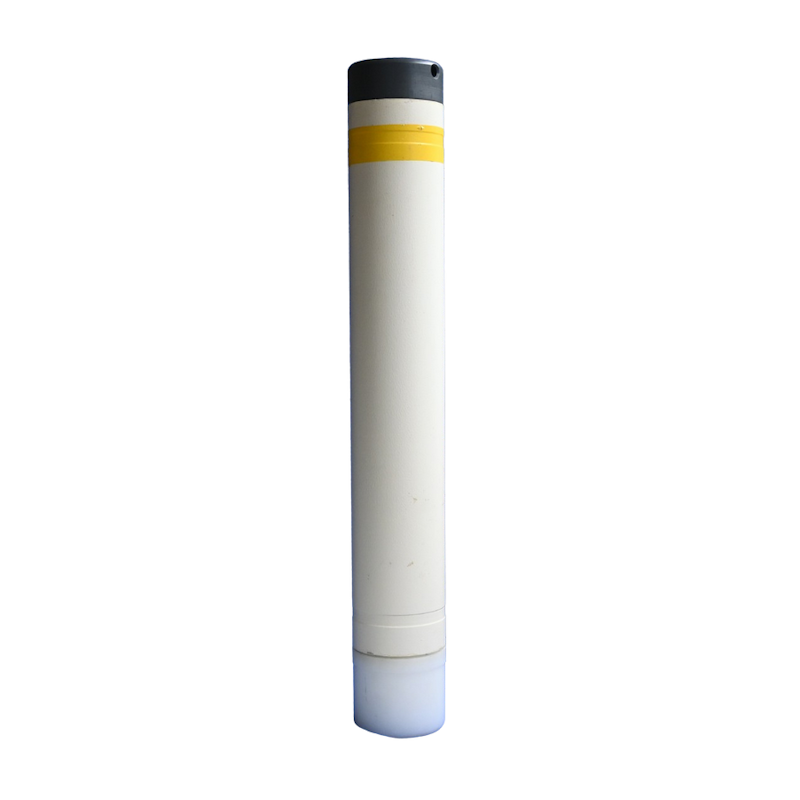
For depths to 2000m
Heavy aluminium housing, as shown. This is supplied with a thick silicone sheath to prevent any metal:metal contacts when deployed.
Battery options are D-cells, which can be alkaline or primary lithium cells. On alkalines the running time is 4-5 months, or 8 months on primary lithiums, and can be nearly doubled by logging alternate minutes - as with all current F-POD versions.
F-POD Acoustic Release
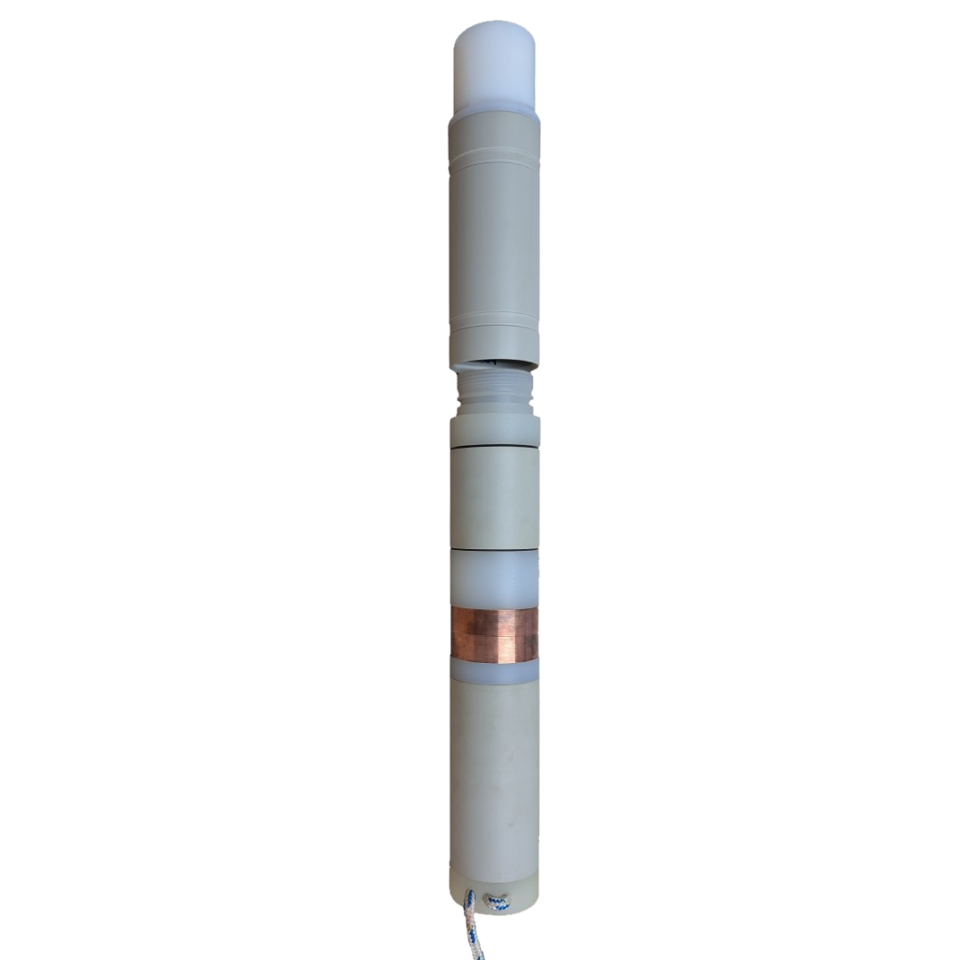
This integral acoustic release will be available in 2025. It will fit as an alternative to the normal lid on enabled standard F-PODs.
Each POD has its own acoustic release code that is sent by a deck unit and actuates the release which has a 160kg breaking strain line for retrieval of the anchor.
A default release date can be set in the POD before deployment, so the POD would release and remain on a retrieval line. This option can be used without a deck unit.
If the batteries are failing release is forced so that it does not become inaccessible.
Veteran C-POD
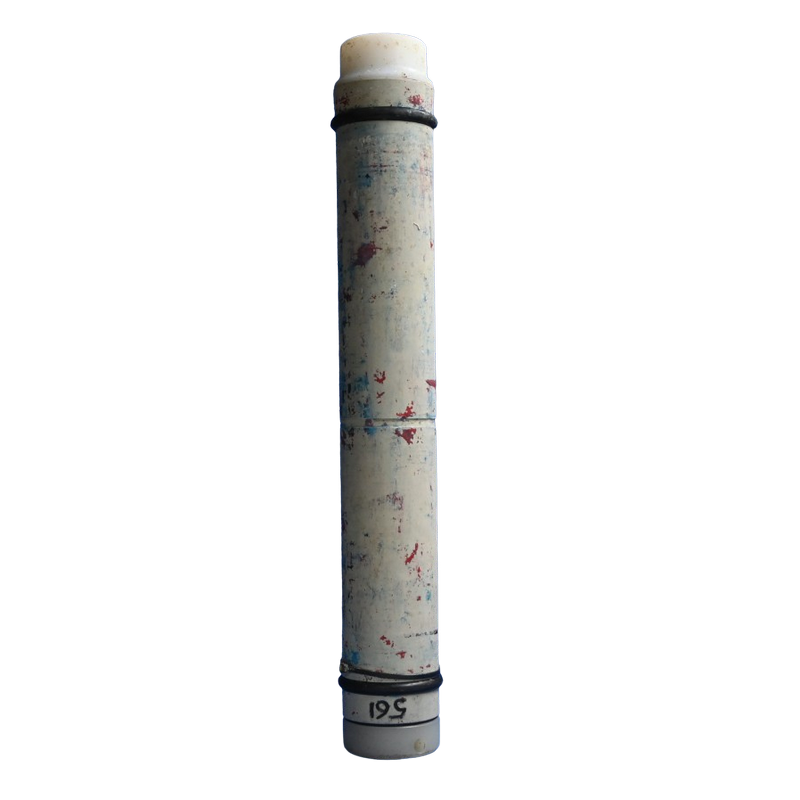
This old C-POD is still working normally with a very good calibration result after 15 years of use.
C-PODs are no longer manufactured, but are still in use and there is a supply of replacements as they are released from projects converting to F-PODs.